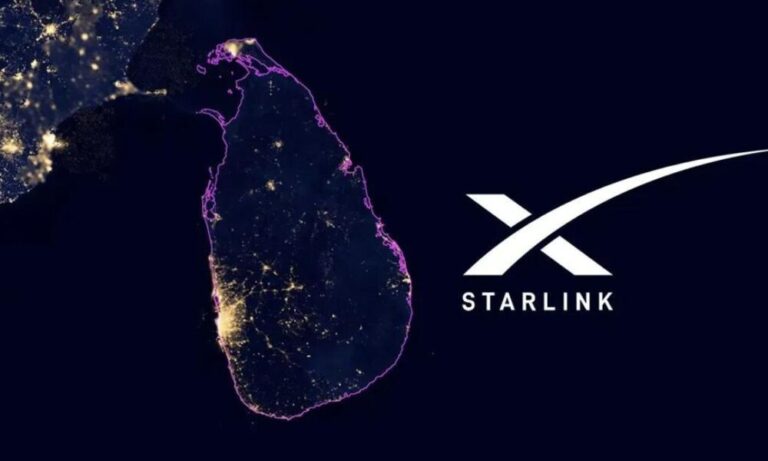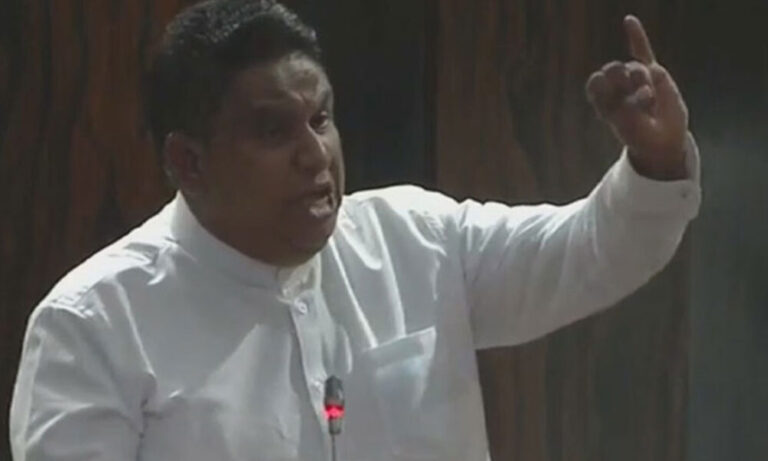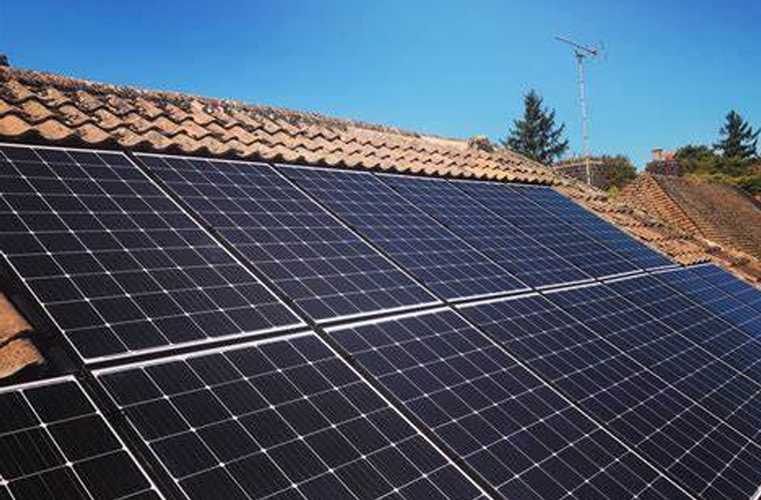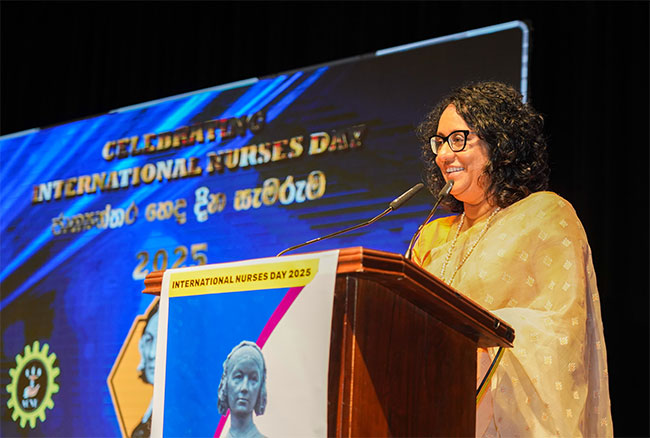By: Staff Writer
May 16, Colombo (LNW): The Sri Lankan government has raised alarm over the country’s initial agreement with Starlink, warning that the lack of access to critical user data poses a serious threat to national security. President Anura Kumara Dissanayake voiced deep concerns, citing Starlink’s refusal to grant the government the same level of data access that local telecom providers currently allow.
Speaking on the issue, the President highlighted the crucial role of data access in combating organized crime, referencing recent incidents such as the foiled Arugambay attack and a court shooting, both of which were thwarted through intelligence gathered from domestic telecom networks. “We were able to stop the attack in Arugambay and arrest suspects in the court shooting because of real-time access to telecom data,” he said.
However, the Starlink agreement, as it stands, presents a stark contrast. “The government does not have the authority to access Starlink’s data systems,” the President stated. “This is a major problem for national security.”
He further criticized the lack of local representation for Starlink in Sri Lanka, which hinders coordination on data-related matters. “There’s no designated contact person or local office to handle data access requests,” he noted, adding that in contrast, countries like India have local Starlink offices where such mechanisms are in place.
Despite these security concerns, the government has already allowed the importation of Starlink equipment necessary for system setup. President Dissanayake acknowledged that while discussions with the company are ongoing, the proposed solution—a “data dashboard”—has not provided clarity on whether the government will have adequate access.
“We’ve been told a dashboard will be created, but we still don’t know the level of data access we’ll receive through it,” the President said. “Once Starlink begins full operations, only then will we truly understand the limitations.”
The National Security Council has also expressed its apprehension over the agreement. During several of its meetings, the council emphasized that entering into such partnerships without firm data-sharing protocols undermines the country’s ability to maintain internal security.
Critics argue that the agreement was prematurely signed without ensuring proper safeguards. “Access to data should have been a non-negotiable clause in the initial agreement,” the President stressed. “It was a critical oversight.”
The situation has spotlighted the broader implications of welcoming foreign tech giants without stringent regulatory frameworks in place. While Starlink promises enhanced connectivity, especially in rural and underserved areas, the government maintains that national security cannot be compromised in the name of progress.
As the conversation continues, the administration appears poised to reassess its terms with Starlink, potentially tightening regulations before the satellite internet provider becomes fully operational in the country.
In the wake of this controversy, the government’s stance sends a clear message: technological advancement must not come at the cost of national safety, and foreign firms operating in Sri Lanka will be held to the same standards of accountability as local entities.











